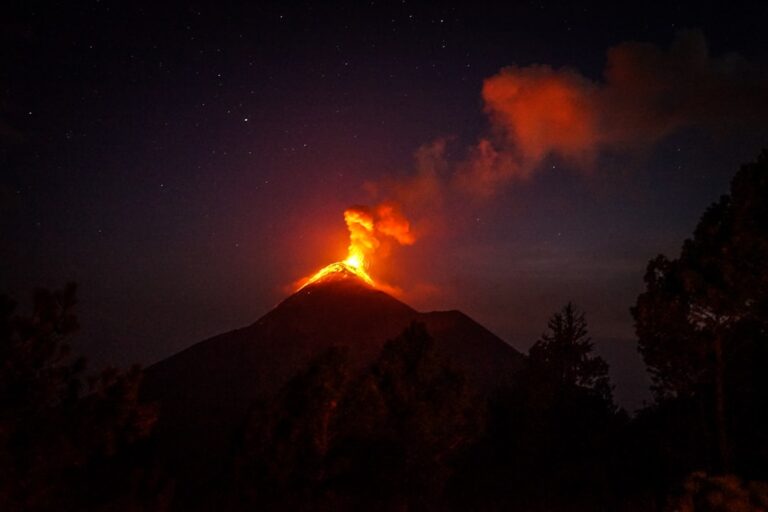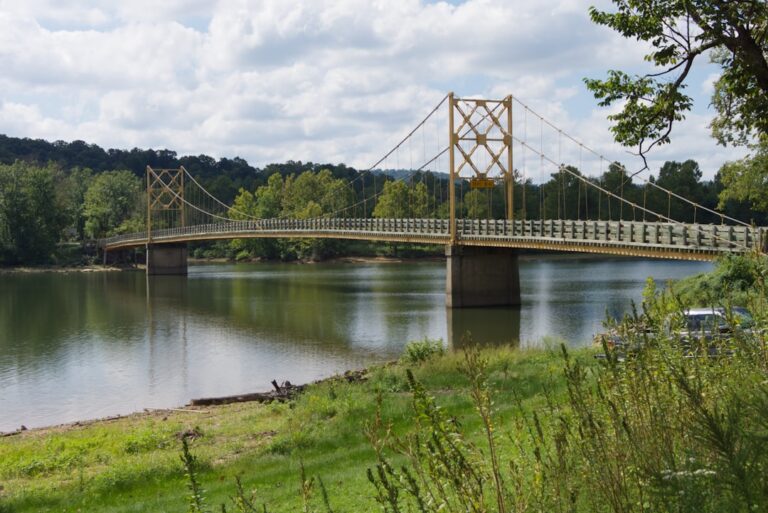Beavers are large, semi-aquatic rodents that are native to North America, Europe, and Asia. They are known for their unique adaptations, including their webbed feet and flat tails, which allow them to swim efficiently and build elaborate dams and lodges. Beavers are herbivores, meaning they primarily eat plants and vegetation. Their diet consists mainly of tree bark, leaves, twigs, and aquatic plants. In this article, we will explore the importance of diet for beavers, the types of food they consume in the wild, how they obtain their food, their nutritional requirements, their role in ecosystems, the impact of human activity on their diets, differences in their diets across geographical regions, and their relationship with other animals’ diets.
Key Takeaways
- Beavers are herbivorous rodents that play an important role in ecosystems.
- Their diet consists mainly of bark, leaves, and twigs from trees and shrubs.
- Beavers obtain their food by cutting down trees and building dams to create ponds.
- A balanced diet is important for beavers to maintain their health and energy levels.
- Human activity can impact beaver diets, but efforts can be made to preserve their natural food sources.
The Importance of Diet for Beavers
A balanced diet is crucial for the health and survival of beavers. Like all animals, beavers require a variety of nutrients to maintain their bodily functions and support their growth and reproduction. A lack of essential nutrients can lead to malnutrition and weakened immune systems, making beavers more susceptible to diseases and predators.
Diet also plays a significant role in beavers’ behavior and reproduction. Beavers need a sufficient amount of energy to carry out their daily activities, such as building dams and lodges, foraging for food, and defending their territories. A well-nourished beaver is more likely to exhibit normal behavior patterns and successfully reproduce.
Types of Food Beavers Consume in the Wild
Beavers have a diverse diet that includes various types of vegetation. They primarily feed on the bark, leaves, and twigs of trees such as aspen, willow, birch, maple, and alder. These trees provide a good source of nutrients for beavers and are often found near water bodies where beavers build their dams and lodges.
In addition to trees, beavers also consume aquatic plants, such as water lilies, cattails, and pondweed. These plants are rich in nutrients and provide an important source of food for beavers, especially during the summer months when other vegetation may be scarce.
How Beavers Obtain Their Food
Beavers have several unique adaptations that allow them to obtain their food. Their sharp incisors are specially designed for gnawing through tree bark and cutting down small trees. They can quickly strip the bark off trees, which they use as a food source and building material for their dams and lodges.
Beavers are also excellent swimmers and can stay submerged for up to 15 minutes. This allows them to access underwater vegetation, such as water lilies and pondweed, which they consume by diving and using their front paws to bring the plants to their mouths.
The Nutritional Requirements of Beavers
Beavers have specific nutritional requirements that must be met in order for them to thrive. They require a diet that is high in fiber, as well as a balance of carbohydrates, proteins, fats, vitamins, and minerals.
Fiber is particularly important for beavers because it aids in digestion and helps prevent dental problems. Beavers’ teeth grow continuously throughout their lives, and chewing on fibrous vegetation helps wear down their teeth and keep them at a healthy length.
Carbohydrates provide beavers with the energy they need for their daily activities, while proteins are essential for growth and repair of body tissues. Fats are a concentrated source of energy and help insulate beavers during the cold winter months.
Beavers also require vitamins and minerals to maintain their overall health. These include vitamin C, vitamin E, calcium, phosphorus, and iron. Vitamin C is important for collagen synthesis and wound healing, while vitamin E acts as an antioxidant and protects cells from damage. Calcium and phosphorus are necessary for strong bones and teeth, and iron is needed for the production of red blood cells.
The Role of Beavers in Ecosystems

Beavers play a crucial role in ecosystems due to their diet and behavior. By building dams, beavers create wetland habitats that support a wide variety of plant and animal species. These wetlands provide important breeding grounds for amphibians, nesting sites for birds, and feeding areas for fish and other aquatic organisms.
Beavers’ diet also has an impact on the surrounding vegetation. By selectively feeding on certain tree species, beavers can influence the composition and structure of forests. This can lead to increased biodiversity, as different plant species fill the gaps left by the trees that have been cut down by beavers.
The Impact of Human Activity on Beaver Diets
Human activity can have a significant impact on beavers’ food sources. Habitat destruction, such as deforestation and urbanization, can reduce the availability of suitable trees for beavers to feed on. This can force beavers to travel longer distances in search of food or rely on less nutritious vegetation.
Pollution is another threat to beavers’ diets. Chemical pollutants, such as pesticides and heavy metals, can contaminate water bodies and kill off aquatic plants that beavers rely on for food. This can disrupt the balance of their diet and lead to malnutrition.
Differences in Beavers’ Diets Across Geographical Regions
Beavers’ diets can vary depending on their geographical location. Climate and vegetation play a significant role in determining what types of food are available to beavers in different regions.
In colder climates, where trees with edible bark may be scarce during the winter months, beavers may rely more heavily on underwater vegetation as a food source. In warmer climates, where there is a greater abundance of trees and other vegetation year-round, beavers may have a more diverse diet.
The Relationship Between Beavers and Other Animals’ Diets
Beavers’ diet and behavior can have a significant impact on other animals. The wetland habitats created by beavers provide important food sources for a variety of species. For example, the standing water in beaver ponds attracts insects, which in turn attract birds and bats that feed on them.
Beavers’ tree-cutting activities can also benefit certain bird species. When beavers cut down trees, they create openings in the forest canopy, allowing more sunlight to reach the forest floor. This stimulates the growth of understory vegetation, which provides nesting sites and food for ground-dwelling birds.
Maintaining a Balanced Diet for Beavers
In conclusion, a balanced diet is essential for the health and survival of beavers. Their herbivorous diet provides them with the nutrients they need to carry out their daily activities, reproduce, and maintain their overall well-being. However, human activity can have a negative impact on beavers’ food sources, threatening their survival.
Conservation efforts are needed to protect beavers and their food sources. This includes preserving their habitats, reducing pollution in water bodies, and promoting sustainable forestry practices that allow for the regeneration of trees that beavers rely on for food. By ensuring that beavers have access to a balanced diet, we can help maintain healthy populations of these important ecosystem engineers.
If you’re curious about what beavers eat, you’ll definitely want to check out this fascinating article on Adeline Luce’s website. It delves into the dietary habits of these industrious creatures and provides valuable insights into their preferred food sources. From the bark of trees to aquatic plants and even small fish, beavers have a diverse diet that plays a crucial role in shaping their environment. Discover more about the eating habits of beavers by clicking here.
FAQs
What is the diet of beavers?
Beavers are herbivores and primarily feed on the bark, leaves, and twigs of trees and shrubs. They also consume aquatic plants, roots, and buds.
Do beavers eat fish?
No, beavers do not eat fish. They are strictly herbivores and do not consume any animal products.
What types of trees do beavers prefer to eat?
Beavers prefer to eat the bark of deciduous trees such as aspen, willow, birch, and maple. They also consume the bark of coniferous trees such as pine and spruce.
How much do beavers eat in a day?
Beavers can consume up to 20% of their body weight in vegetation per day. This can vary depending on the availability of food and the season.
Do beavers store food for the winter?
Yes, beavers store food for the winter by building underwater food caches near their lodges. These caches are made up of branches and twigs from their preferred trees.
Can beavers cause damage to trees?
Yes, beavers can cause damage to trees by gnawing on the bark and cutting down trees to use for building dams and lodges. However, their activities can also create important habitats for other wildlife.














+ There are no comments
Add yours